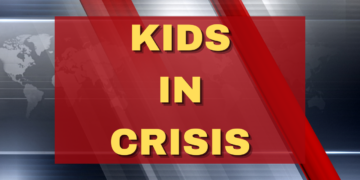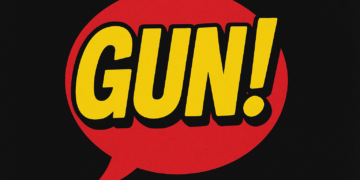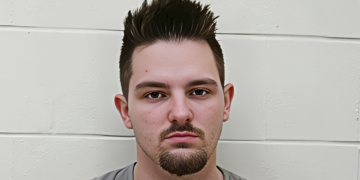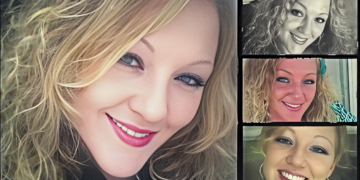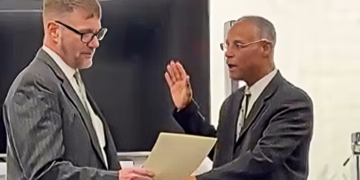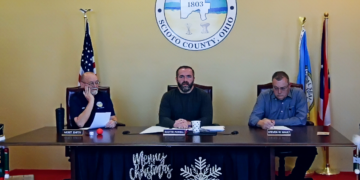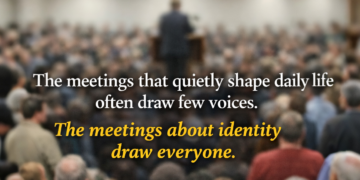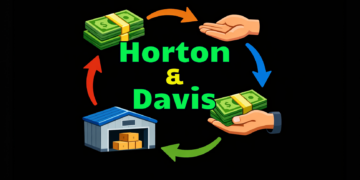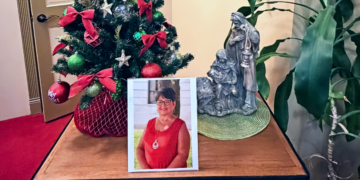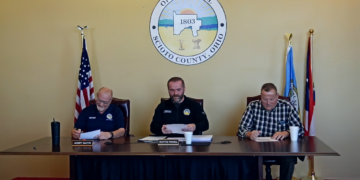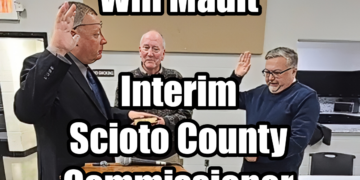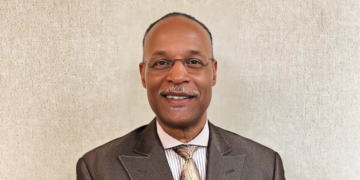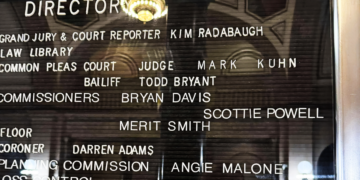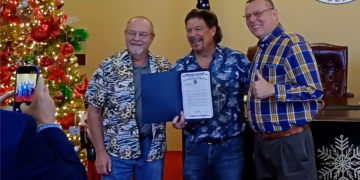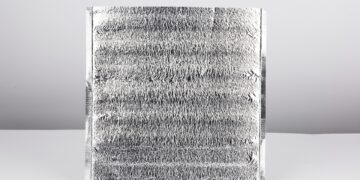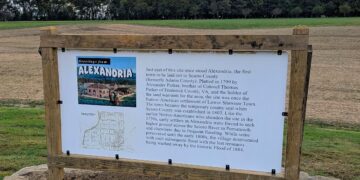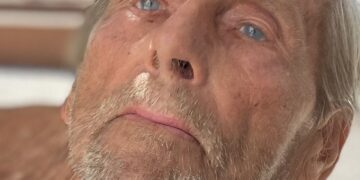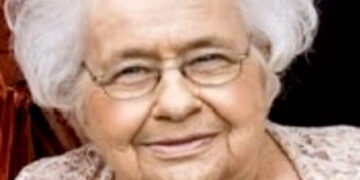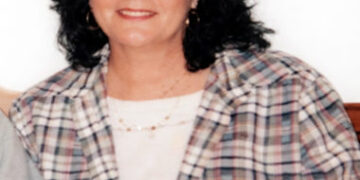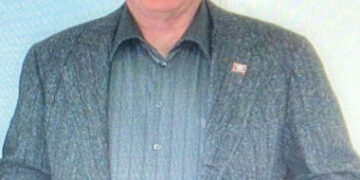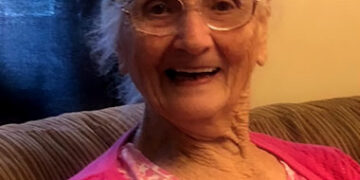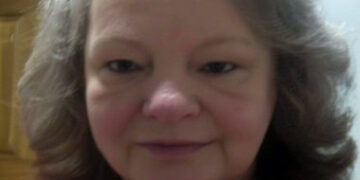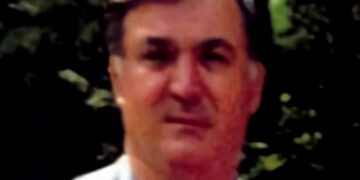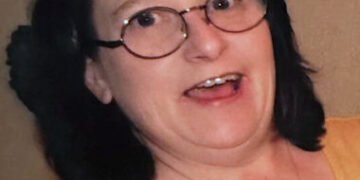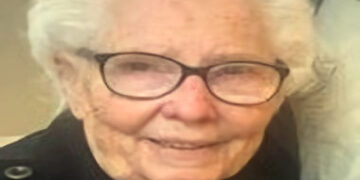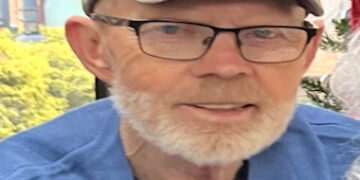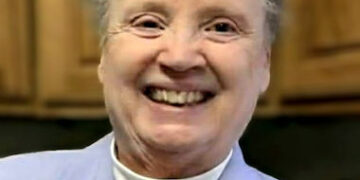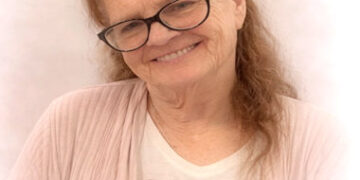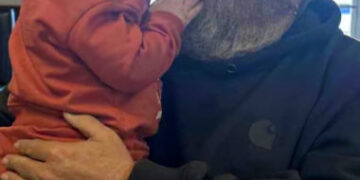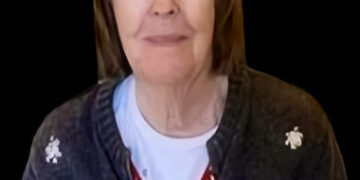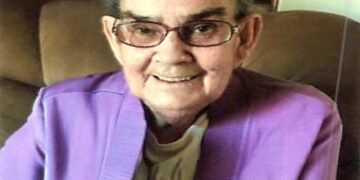Jackson County, Ohio Native Neurosurgeon Creates Software System.
Growing up in rural Jackson County, Ohio, Dr. Kenneth Hill, Jr always had big dreams. For most, graduating from Lincoln University, Penn State University School of Medicine, and going on to become a highly specialized neurosurgeon would be a mission accomplished.
Not for Dr. Hill. That’s why he and his wife, Dr. Katherine Hill, developed MĪNA, a game-changing health history maintenance app, and provider-integration system. “We were sitting around the dinner table discussing some of the issues with healthcare visits and the inefficiencies, inaccuracies, and incompleteness of health history forms,” said Dr. Hill. “When we found out that my schedule and the patient’s appointment time did not coincide (the patients’ were listed 15 minutes earlier, ironically for paperwork), yet the appointment was still behind, that’s when MĪNA started.”
The app portion of MĪNA puts a user’s health history in the palm of their hand. Using predictive text and autofill, patients can intuitively input their health and social histories into the app, while multiple profile creation allows users to add that of their kids, elderly parents, and even pets. The result is that patients
have their information readily accessible and accurately completed. The patented software component is installed on a provider’s system and allows the seamless transfer of that patient’s information into their Electronic Medical Record (EMR) using a unique, encrypted QR code that is generated on each user’s
phone. When this is scanned by the practice’s staff, the patient’s “health blueprint,” as Dr. Hill calls it, is uploaded into their EMR in a matter of seconds.
However, perhaps its most important feature is that MĪNA is completely touchless. Before anyone ever concerned themselves with social distancing and wearing face masks, Dr. Hill had decided that MĪNA would utilize QR scanning technology. A decision that was initially based in efficiency, but has taken on
a far more important purpose for patient and staff safety. “The combination of being touchless and efficient reduces face to face time,” said Dr. Hill, adding that the ability to check-in or onboard patients without touching any surfaces mitigates the “potential for contamination.”
To entice providers to adopt MĪNA while they gain traction, the start-up is offering 6 months free for a limited time. They are also conducting a case study where practices can get up to 12 months free for providing feedback. And for users, the app is completely free. Dr. Hill’s mission doesn’t stop at revolutionizing health history integration. “As we gain adoption, MĪNA will take on our second mission of philanthropy, which is truly where our hearts lie.” The co-founder said they already have plans for an academic assistance fund. Users can download the MĪNA app in the App Store or Google Play, while providers can acquire their software and license via https://minaapp.com/users/product/mina-software/.




